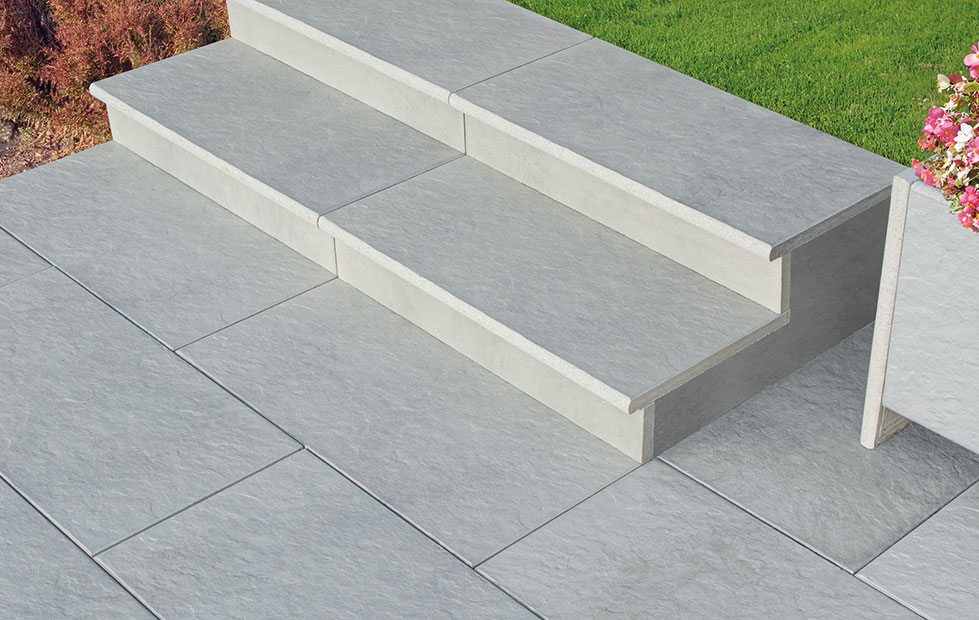Domů » Informations » Terrazzo and surface tiles » Jointing
Jointing
Dilatation joints:
- when tiling larger areas, it is necessary to perform dilatation in squares of about 6×6 m with suitable dilatation strips.
- if there is already a dilatation joint in the base concrete, it must be kept when laying tiles.
- it is sometimes necessary to create a dilatation joint according to the geometric contour of a building (e.g. one ending in the corner of the building). The wall of the house and its foundation will always move, as compared to the terrace
Jointing
The recommended size of the joints between tiles is 3-5 mm (depending on tile dimensions). If tiles are placed too close to each other, without any joints, damage to the tiles may result. At the same time, this method of tile-laying prevents drying out and it increases the likelihood of cement reactions or changes to tile colouring. Caution! Never lay tiles edge to edge!
Jointing according to laying method
Recommendation:
- in the exterior, it is necessary to add elasticizer into the jointing cement (e.g. made by Knauf) or use flexible jointing cement. The jointing material is removed from the joints, e.g. with sawdust.
- when laying blasted impregnated tiling on mortar bed on concrete bed or on adhesive cement, it is recommended to do jointing with a cartridge gun with jointing cement (use flexible jointing cement outdoors). To save jointing cement, the joints may be filled to their halves with rope.
- it is not recommended to joint large surfaces at once at higher temperatures (25 °C) and in direct sunlight because the jointing material would dry rapidly and tiles contaminated by this material are difficult to clean.
- jointing can be done using, for instance, jointing cement made by Knauf or other companies.
- it is recommended to leave a dilatation joint of 1.0 cm from a building wall; the dilatation joint should never be filled with clay or otherwise contaminated.


